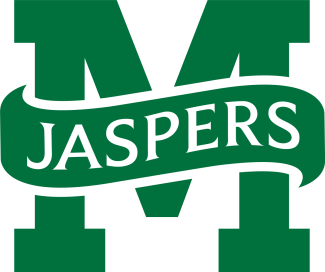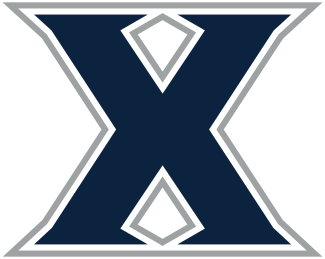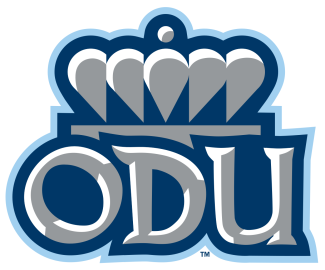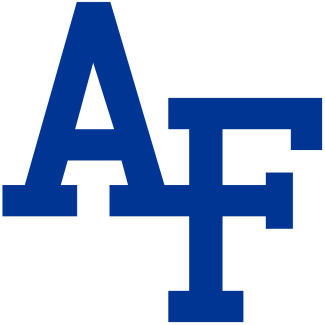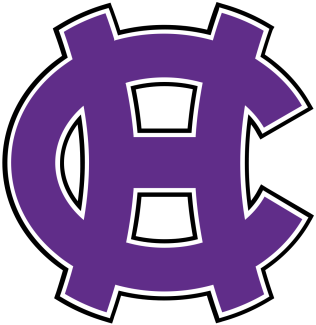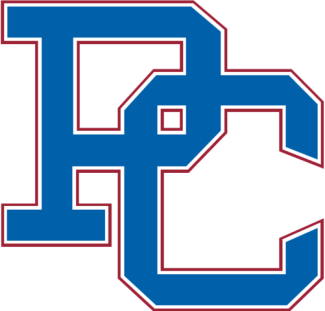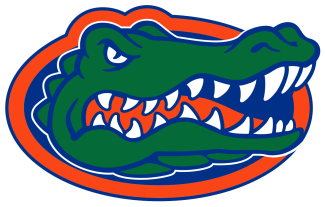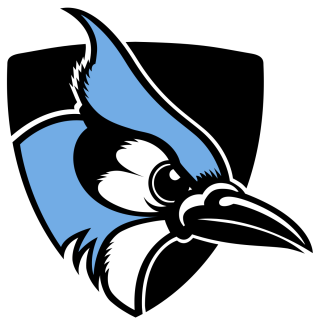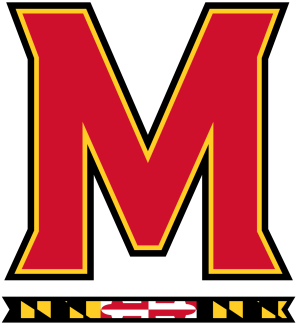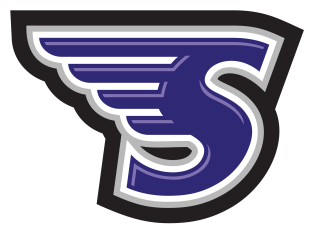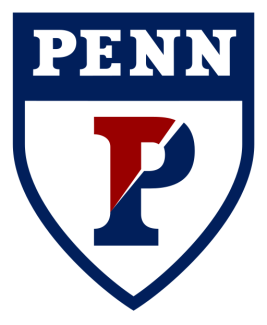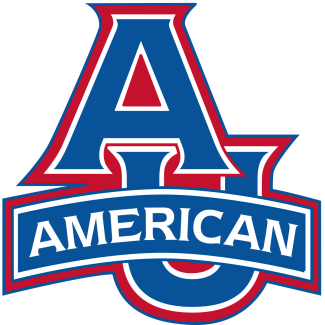S is for Sarah Cooper and Ella Simkins.
Syracuse defenders Sarah Cooper and Ella Simkins front the Orange net. Cooper is a USA Lacrosse first-team All-American having caused 31 turnovers and picked up 44 ground balls, while Ella Simkins has 76 draw controls, 32 caused turnovers and 38 ground balls.
T is for Tar Heels.
The Tar Heels of North Carolina could claim a third national title on Sunday, which would be the second-most national titles since 2013 (Maryland has four).
U is for undefeated.
Two undefeated teams remain —North Carolina (20-0) and Northwestern (15-0) — and they are on something of a collision course. It’s a tantalizing matchup that many are hoping for.
V is for victories.
The quartet of semifinalists have all won 15 or more games this season, totaling 67 victories. All that comes against just six losses, of which four were to North Carolina and the other two were to BC and Syracuse (against each other).
W is for Wildcats.
The Northwestern Wildcats have steamrolled through the season, never winning a game by fewer than four goals (March 13, 17-13 over Penn State). Of the 15 wins, nine have featured 20-plus goal games — and none of them were fewer than 17 goals. Syracuse will be the toughest defense they’ve seen all season.
X is for the X.
Each team features a player that can tilt the result in her team’s favor, even if she’s not the top threat. This includes North Carolina’s Scottie Rose Growney as the team’s second-leading scorer (45 goals), BC’s Cara Urbank (36 goals, 41 assists, 64 draw controls), Syracuse’s Emma Tyrrell (four goals in each of the past two NCAA wins) and Lauren Gilbert (65 goals, 62 draw controls) for Northwestern.
Y is for yesteryear.
A sophomore like Northwestern’s Erin Coykendall playing in her first NCAA tournament or first-years like Emma Ward or Belle Smith playing at such a high level is a rarity this season. With nearly everyone returning from last year’s truncated season, the veterans have mostly taken the game time and accolades. Ward’s breakthrough six-goal game against Florida in the NCAA quarters shows the Orange’s depth, while Coykendall is one of four 50-plus point scorers. Smith has done it all for BC.
Z is for zeal.
We made it! After missing last year’s event, Championship Weekend is here. The four best teams — at least in terms of seeding — are left standing. Let’s savor it and soak it in.
